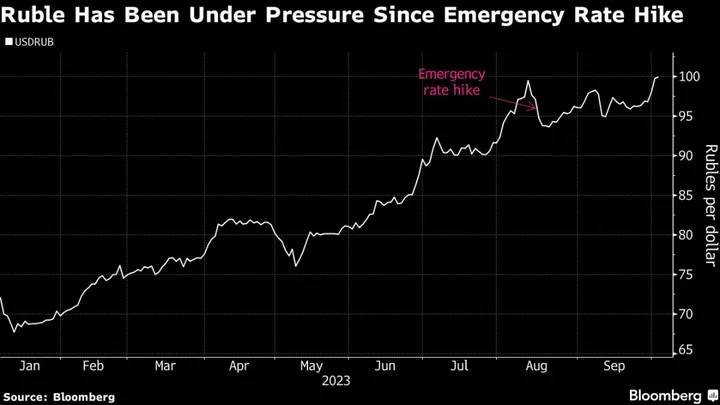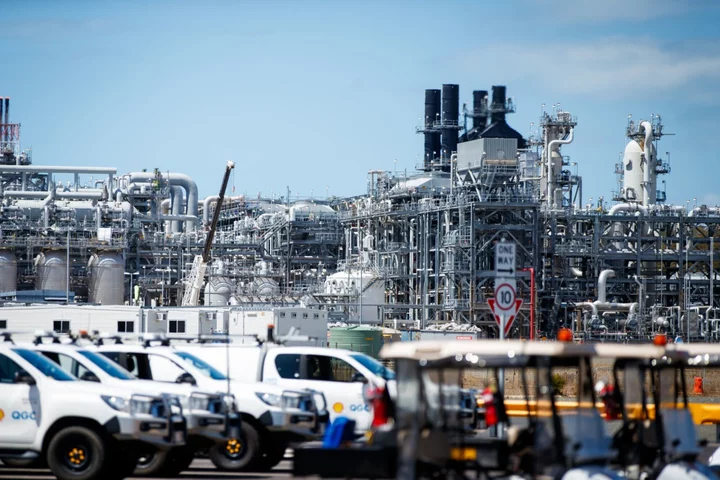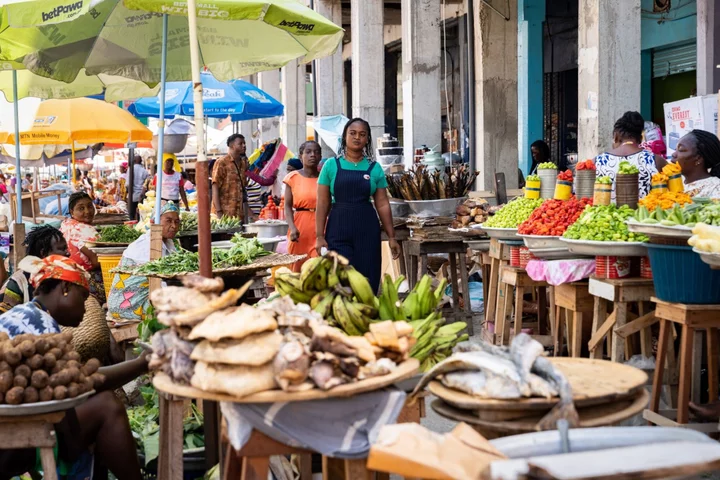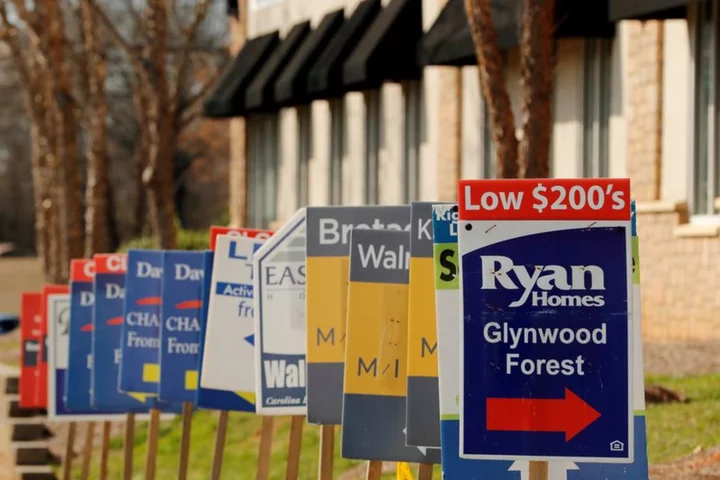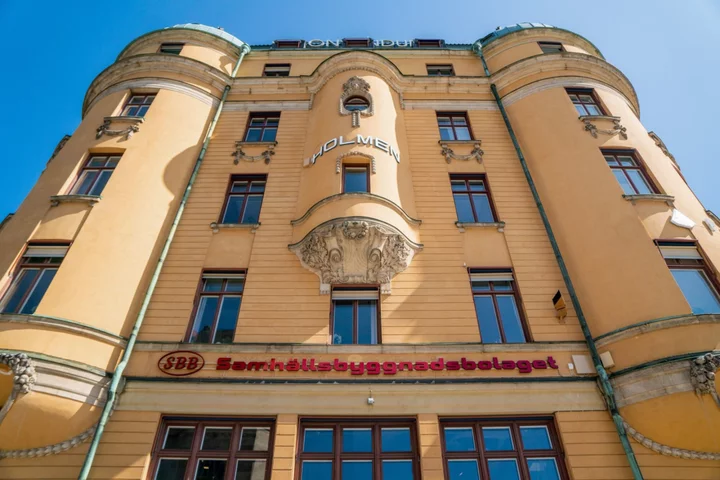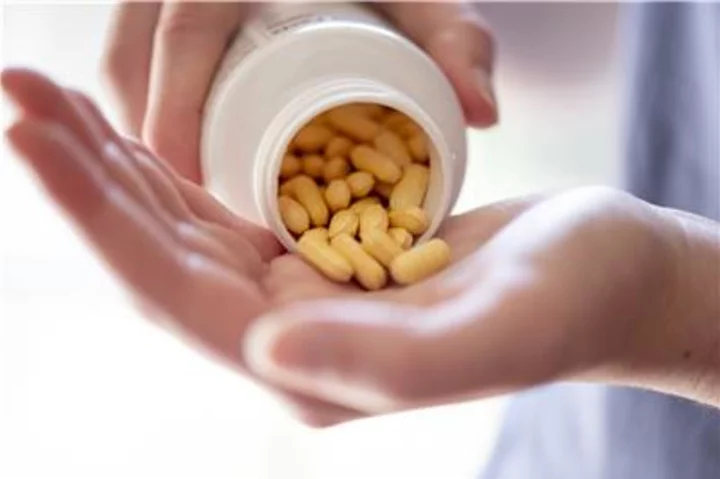Russia’s currency headed for its best day in a month after the government imposed some capital controls as it seeks to reverse the third-biggest depreciation in emerging markets this year.
The government announced late Wednesday that 43 groups of exporter companies, including its main oil producers, will be required to sell their earnings from foreign sales on the domestic market for rubles to ensure a supply of foreign exchange. Russia had imposed similar requirements as the ruble plunged after the invasion of Ukraine in 2022, but then lifted them when the currency recovered.
The ruble opened sharply stronger on Thursday, gaining 2.6% against the dollar as of 7:44 a.m. in Moscow. It’s still down a quarter of its value this year.
“The main goal of these measures is to create long-term conditions for increasing the transparency and predictability of the foreign exchange market and reduce the possibility of currency speculation,” First Deputy Prime Minister Andrey Belousov said in a statement.
The authorities will set volumes and other details of the mandatory-sales mechanism, with some companies required to report on their transactions to authorities. The government statement cited a presidential decree imposing the capital controls, but that document wasn’t published.
What Bloomberg Economics Says...
“The fact that the government and the Bank of Russia see the need to coordinate hard currency sales and purchases suggest the deterioration of the local FX market - it is now considered too shallow and illiquid to function in an unregulated way. The measures are unlikely to reduce pressure in the long-term, but may increase FX supply in the coming weeks and months”
—Alexander Isakov, Russia economist.
The measures laid out on Wednesday give authorities an unusual degree of oversight. Russia’s Federal Financial Monitoring Service, known as Rosfinmonitoring, and the central bank will be able to view plans by some companies to sell and purchase foreign exchange in the domestic market.
Rosfinmonitoring representatives will also track and ensure the compliance of some companies with the rules of capital controls, according to the document.
Read More: Why Putin Is Worried About Russia’s Volatile Ruble
In the last few months, the ruble has resumed its declines, battered by rising inflation amid the ballooning cost of funding its war in Ukraine. An emergency rate hike by the central bank in August, followed by another increase last month, failed to stop the currency’s slide, which has taken the ruble to the psychologically important level of 100 per dollar.
“Rate hikes alone are inefficient as one of the mechanisms through which they usually support local currency — carry trade — has been disabled by sanctions and capital controls,” said Tatiana Orlova of Oxford Economics. “The return of this particular type of capital control should help.”
The ruble has been under pressure as demand for hard currency in Russia increases amid a recovery in imports at a time when the economy is under international sanctions over the war. Russia’s major exporters, the main providers of foreign currency, have experienced significant declines in export revenues.
The government had considered reimposing capital controls in August, but initially backed down under pressure from the central bank.

